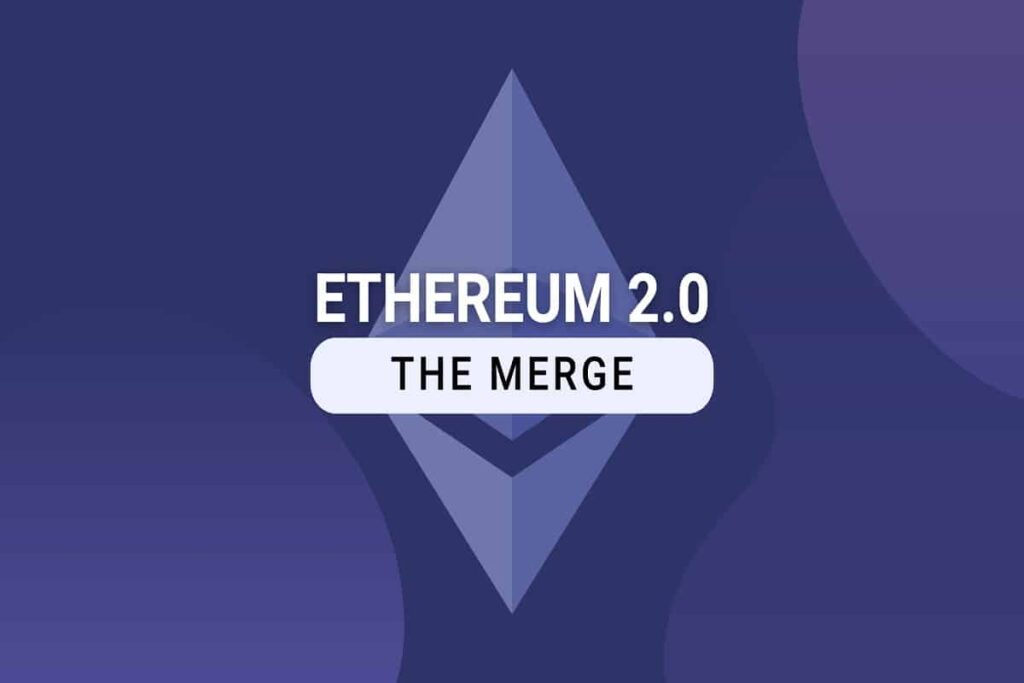As one of the most anticipated events in the crypto space in recent times, there is bound to be rumors and misconceptions surrounding The Merge. Seeing as it goes live in a few weeks, Ethereum’s team has cleared up some of these fallacies in a new blog post.
Will the merge lower gas fees?
The Ethereum Mainnet will soon merge with the Beacon Chain proof-of-stake system marking the end of the current proof-of-work mechanism. This mechanism is energy-efficient, as a matter of fact, per the blog post, Ethereum’s energy consumption will be reduced by 99.5%
This doesn’t in any way cause a reduction in Ethereum’s gas fees as revealed by the team, ‘The Merge is a change of consensus mechanism, not an expansion of network capacity, and will not result in lower gas fees’. This is also probably the most widespread misconception.
Another statement the team deemed false is the “32 ETH is required to run a node”. According to them, running a node is not limited to a group of people and no amount of ETH is needed as such.
The post also clarifies the air on whether any historical or transactional data will be lost post merge. The answer to this is also no, as clarified by the team.
Other key things to note about the merge
There are other things to note from the extensive blog post and one of such is that, post merge, ‘transaction speed will mostly remain the same’. The merge doesn’t necessarily increase the network’s capacity and it’s only just a consensus mechanism.
Additionally, the merge upgrade will happen without any downtime as designed and there won’t be any loss of funds or static in the blockchain.
As for Validators, they will be rewarded with fee tips/MEV which will be deposited to a mainnet account and run by the validator immediately after the merge.
The presented content may include the personal opinion of the author and is subject to market condition. Do your market research before investing in cryptocurrencies. The author or the publication does not hold any responsibility for your personal financial loss.

